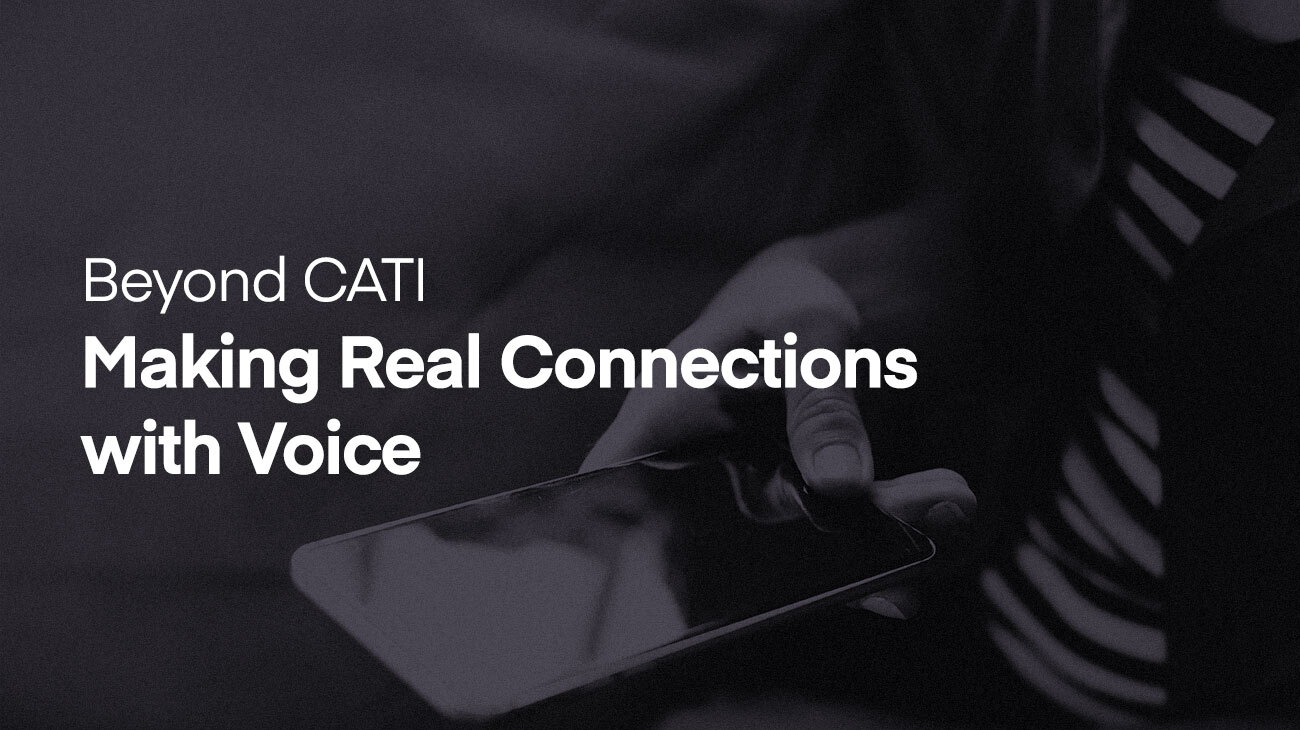
Computer-assisted telephone interviewing (CATI) is a technology that saves time and increases response rates for companies that use telephone surveys for marketing research and other interview-based initiatives.
CATI works just as the name implies – a live person uses a computer as an aid in interviews using an automated script. As the interviewer gets a response from the person on the phone, the answers are inputted into the computer to be used as data for analysis and outputs such as statistics, trends, patterns, and other market research.
For surveys and similar marketing programs, CATI works great and adds significant speed and value to data capture. For instance, when a person answers yes or no to a question, the CATI software will automatically provide the interviewer with the appropriate next question. A “yes” response may result in further questions that dig deeper, while a “no” response may initiate an action to end the survey with a thank you.
The pitfall: No real human interaction or intelligence added
CATI certainly serves a purpose in market research and accelerates the collection of survey data, but it leaves little room for relationship building. Nor does it facilitate a deeper collection of insights that can only come from an interactive conversation between two live people.
The humanizing factor in voice calls allows the person initiating the call to:
- Build a real connection. In a free-form conversation, the caller has the immediate opportunity to start building a relationship with the person on the receiving end.
- “Hear” emotion. Empathy is something that is only achievable in a free-form voice call, and the ability to hear the emotion of the person called is critical, especially if the person is an unhappy or frustrated customer.
- Discover the unexpected. When there is a precise script to be followed, like in CATI software-driven calls, the caller is unable to change gears when the person being called says something unexpected. In a free-form call, the caller can respond directly and intelligently to provide better customer service.
Beyond the humanizing touch, a voice call can bring, there are many other bottom-line benefits as well, such as increased sales, opportunities for upsells, improved customer loyalty, and best of all, greater revenue generation.
Increasing the opportunity for real connections
With the help of a branded call solution like Hiya Connect, callers can start building real connections immediately. Branded calling sets the stage for high-quality humanizing calls because a customer or prospect can see who is calling – and the reason for the call – even before the call is even answered. With this advantage, calls get answered more frequently, often on the first attempt, improving connection rates.
The personalization of a branded call also helps keep people on the phone longer, with more engagement and better bottom-line results.
Start humanizing your calls today
If you want to add a human touch, you can learn more about branded calls in this white paper, The Best Way to Improve Answer Rates. And you can learn more about Hiya Connect here.



